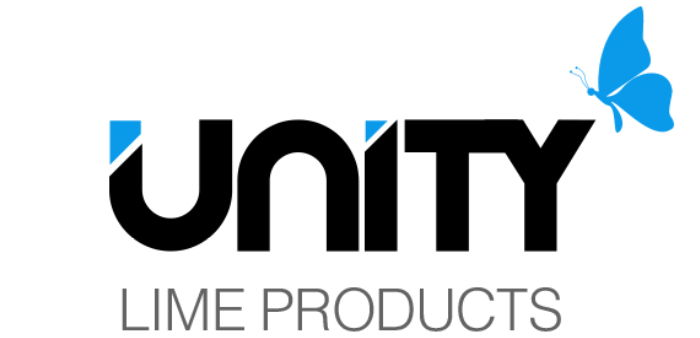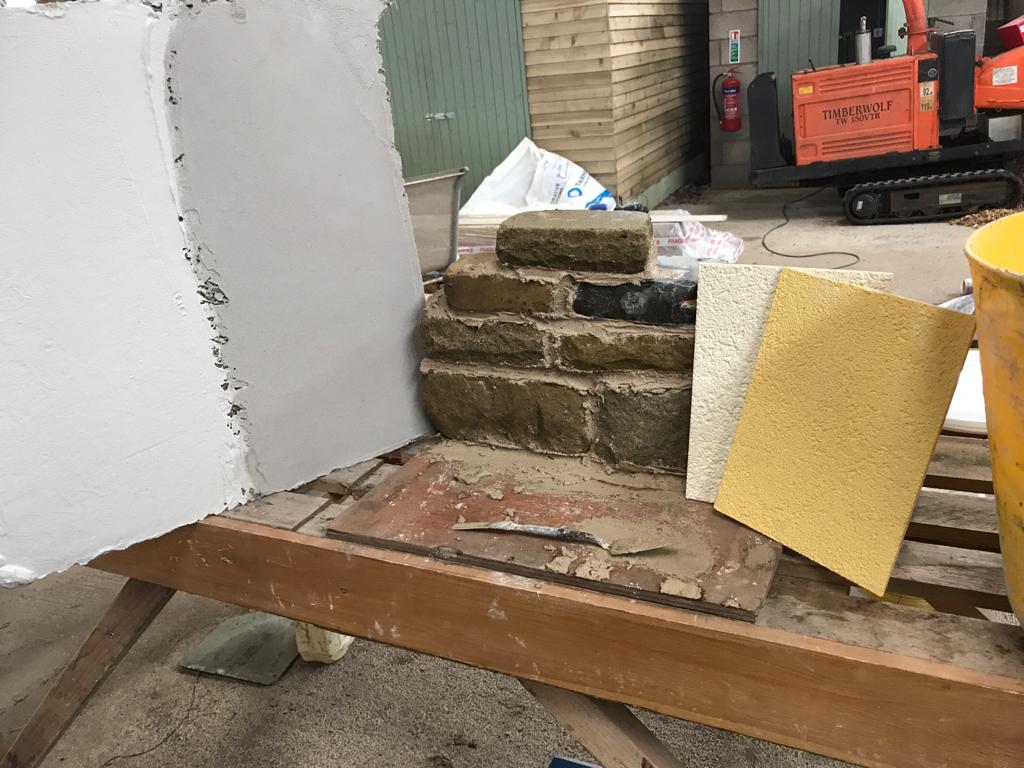Lime Mortars
Understanding Lime
Each type of lime product has its own unique properties and uses, and the choice of which one to use depends on the specific application and desired out come. Some examples of lime products include lime mortar, lime plaster, and limecrete. Overall, lime products are versatile, sustainable, and offer many benefits for both new construction and historic building restoration.
- Hydraulic lime: Hydraulic lime is a type of lime that sets and hardens by reacting with water, similar to cement. It is used in situations where higher strength and durability are required, such as in exterior masonry or damp environments.
-
Non-hydraulic lime: Non-hydraulic lime is a type of lime that sets and hardens through a process of carbonation, or reacting with carbon dioxide in the air. It is used in situations where a softer, more breathable material is required, such as in historic building restoration.
-
Lime putty: Lime putty is made by mixing quick lime with water and allowing it to mature for several months. It is used as a binder for plaster, mortar, and other building materials.
-
Lime mortar: Is a mixture of either lime putty or quicklime and sand, and is used to bond masonry units together, such as bricks or stones.
-
Lime plaster: Lime plaster is a mixture of lime putty, sand, and sometimes other materials such as fibers or animal hair. It is used as a decorative finish on interior or exterior walls.
-
Lime wash: Lime wash is a thin, water-based paint made from slaked lime and water. It is used as a finish coat on interior or exterior walls, and can be used to create a range of different colors and textures.
Lime Mortar
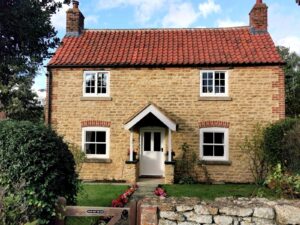
Lime mortar is a type of mortar made from a mixture of lime, sand, and water. It has been used in construction for thousands of years, and was widely used in Europe and other parts of the world until the 19th century, when it was largely replaced by Portland cement.
Lime mortar is a more traditional and environmentally-friendly option for masonry and building projects than Portland cement. It is made from natural materials that are readily available and have a lower carbon footprint than the production of Portland cement. Lime mortar is also more flexible than Portland cement, which means it can move and adjust to changes in temperature and moisture without cracking.
There are different types of lime mortar, including hydraulic lime mortar and non-hydraulic lime mortar. Hydraulic lime mortar contains a small amount of clay or other minerals that allow it to set and harden underwater or in damp conditions. Non-hydraulic lime mortar, also known as air lime mortar, sets and hardens through exposure to air.
Lime mortar is commonly used for historic building restoration, as it is compatible with historic masonry and does not damage the original structure. It can also be used for new construction projects, particularly for sustainable and eco-friendly building practices.
Lime Plaster
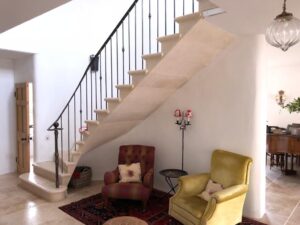
Lime plaster has a wide range of uses in construction, both for new construction and historic building restoration. Here are some of the common uses of lime plaster:
-
Interior walls: Lime plaster is often used for interior walls because it creates a smooth, even surface that can be painted or decorated. It can be used in any room of the house, including bathrooms and kitchens, because it is highly breathable and resists mold growth.
-
Exterior walls: Lime plaster is also used for exterior walls because it is highly durable and weather-resistant. It can be used as a finish coat over masonry, brick, or stone to create a protective layer that is both breathable and waterproof.
-
Historic building restoration: Lime plaster is often used in historic building restoration because it is compatible with the original masonry and does not damage the structure. It can be used to repair and restore the original plaster or to recreate historic finishes.
Overall, lime plaster is a versatile building material that can be used in a variety of applications. It is a traditional material that has stood the test of time and continues to be a popular choice for interior and exterior walls, historic building restoration, and artistic finishes.
Lime Render
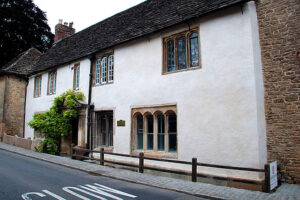
Lime render is a type of finish coat that is applied to the exterior walls of buildings. It is made from a mixture of lime, sand, and water, and is highly breathable and weather-resistant. Here are some common uses of lime render:
-
Historic building restoration: Lime render is often used in historic building restoration because it is compatible with the original masonry and does not damage the structure. It can be used to repair and restore the original render or to recreate historic finishes.
-
New construction: Lime render can be used in new construction as a finish coat over masonry, brick, or stone. It creates a durable, weather-resistant layer that is highly breathable and allows moisture to evaporate from the walls.
-
Energy efficiency: Lime render can be used as part of an energy-efficient building envelope system. By creating a highly breathable, weather-resistant layer on the exterior walls, it can help to reduce energy consumption and improve indoor air quality.
-
Artistic applications: Lime render can be used to create artistic finishes, such as sgraffito or frescoes.
Sgraffito is a decorative technique that involves scratching through a layer of lime plaster or render to reveal a different color or texture underneath. The technique has been used for centuries and is particularly associated with Italian Renaissance architecture.
To create a sgraffito finish, a layer of lime plaster or render is applied to the surface of a wall, typically in a light color. Once the base coat has dried, a second layer of plaster or render in a contrasting color is applied on top. The second layer is then scratched or carved using a sharp tool to create intricate designs, revealing the base coat underneath.
Sgraffito can be used to create a wide variety of designs, from simple geometric patterns to intricate scenes or portraits. It is often used to decorate exterior facades of buildings, but can also be used on interior walls and ceilings.
Frescoes are a type of painting technique that involves applying pigments directly onto a freshly laid layer of lime plaster. The pigments are mixed with water and applied to the damp plaster, which absorbs the pigments as it dries, creating a permanent bond.
To create a fresco, a rough layer of plaster is applied to a wall, followed by a smooth layer of fine plaster. Once the fine plaster is applied, the artist quickly paints the desired image onto the wet surface using pigments mixed with water. As the plaster dries, the pigments are absorbed, creating a permanent bond.
Frescoes can be used to create a wide variety of designs, from simple geometric patterns to complex narrative scenes. They are often used to decorate the walls and ceilings of churches, cathedrals, and other important buildings. Frescoes have a unique luminosity and depth of color that cannot be achieved with other painting techniques.
Creating a fresco requires a skilled artist with a good understanding of color theory and composition. The process is time-consuming and requires careful planning and execution.
Limecrete
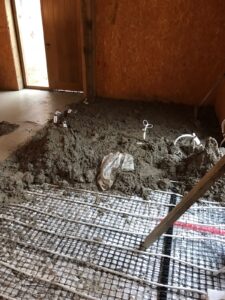
Limecrete is a type of concrete made from a mixture of lime, aggregate, and water. The lime used in limecrete is typically non-hydraulic lime, which sets and hardens through a process of carbonation, or reacting with carbon dioxide in the air.
Limecrete is a sustainable and environmentally-friendly alternative to traditional concrete, which is typically made with Portland cement. Portland cement production is a major contributor to greenhouse gas emissions, whereas lime production has a much lower carbon footprint.
Limecrete has better insulation properties than traditional concrete, which can help to reduce heating and cooling costs. Limecrete is highly durable and can last for centuries if properly maintained. It is resistant to weathering, erosion, and other types of damage.
Limecrete is a versatile material that can be used in a variety of construction applications, including foundations, floors, and walls.
Lime Putty
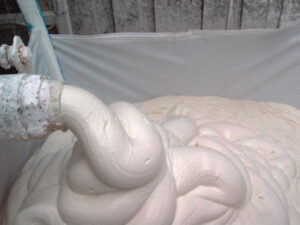
Lime putty is a type of lime product that is made by mixing non-hydraulic lime with water and allowing it to mature for several months. The mixture of lime and water starts a chemical reaction that results in a putty-like substance that is used as a binder for plaster, mortar, and other building materials.
The process of making lime putty is relatively simple. First, non-hydraulic lime is slaked by adding water to it and allowing it to sit for several hours or days. The resulting slaked lime is then mixed with water to create a thick paste, which is left to mature in a cool, damp place for several months. During this time, the lime putty absorbs carbon dioxide from the air and gradually hardens.
